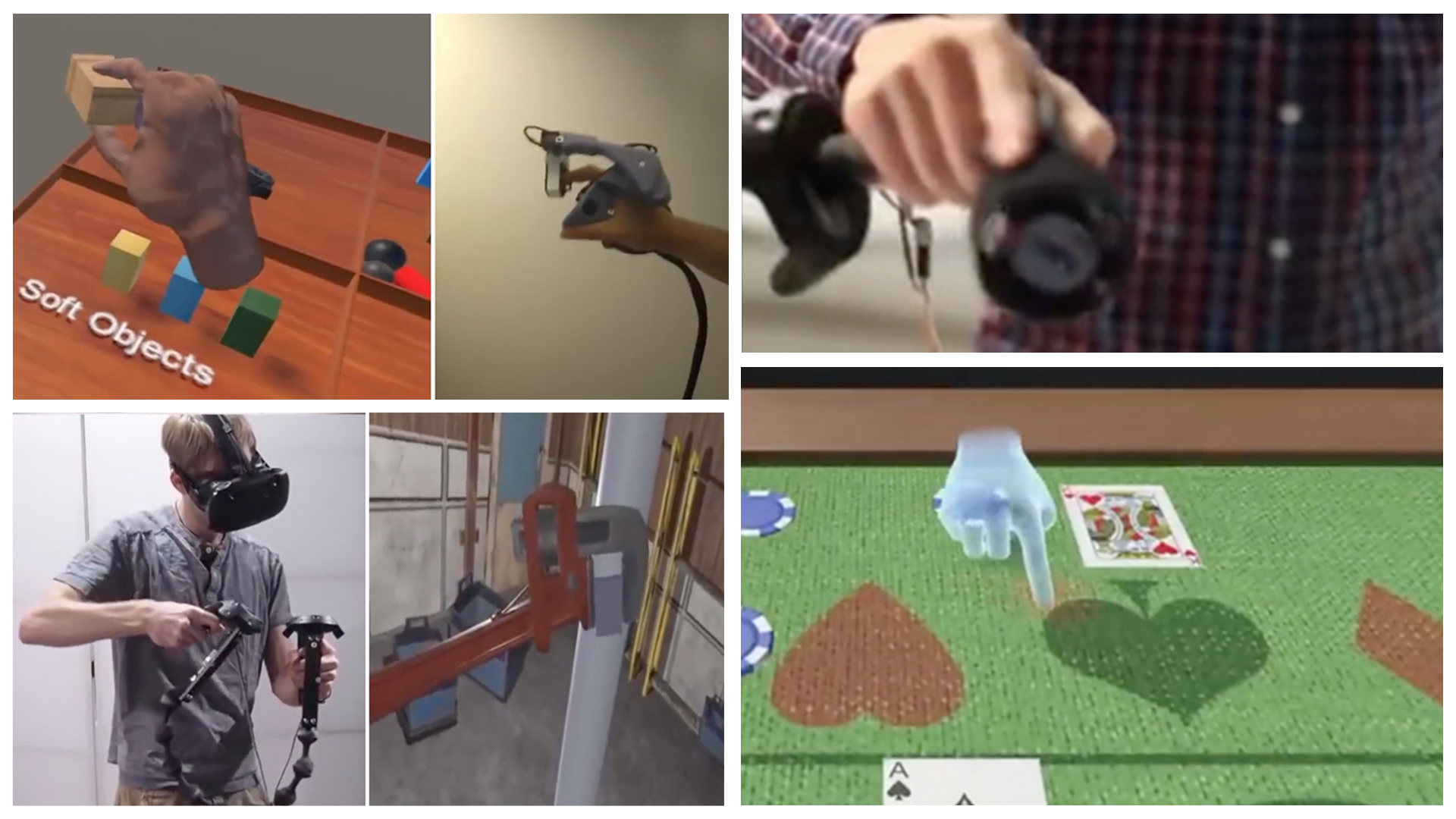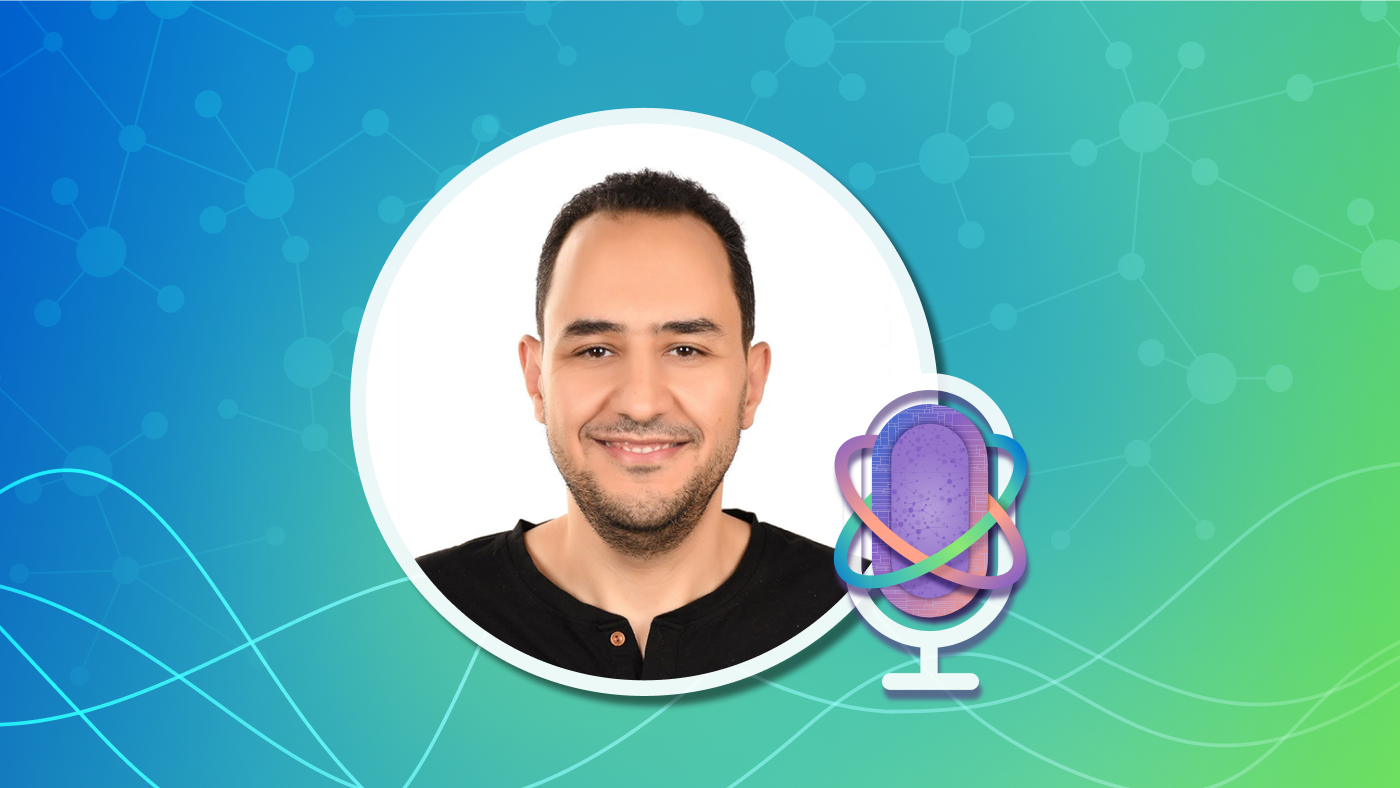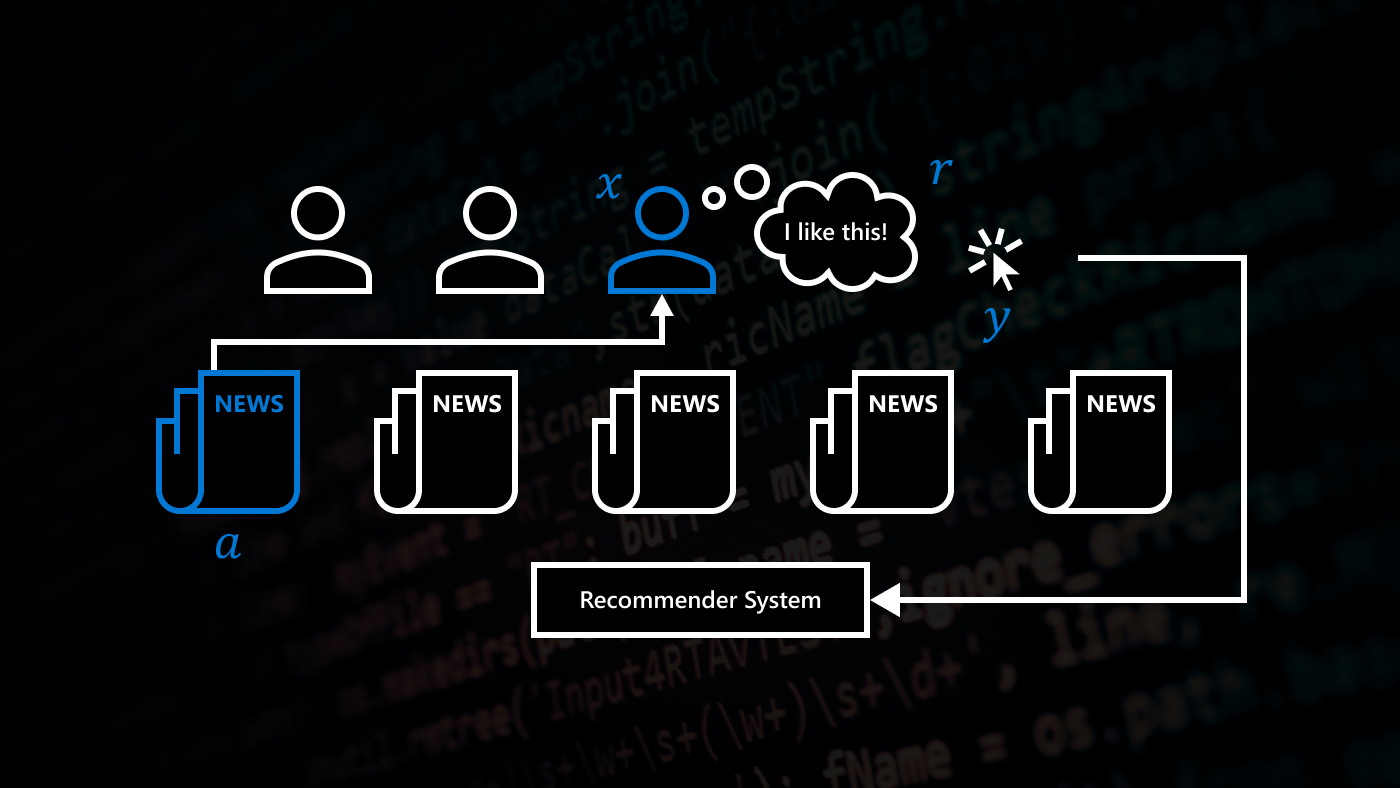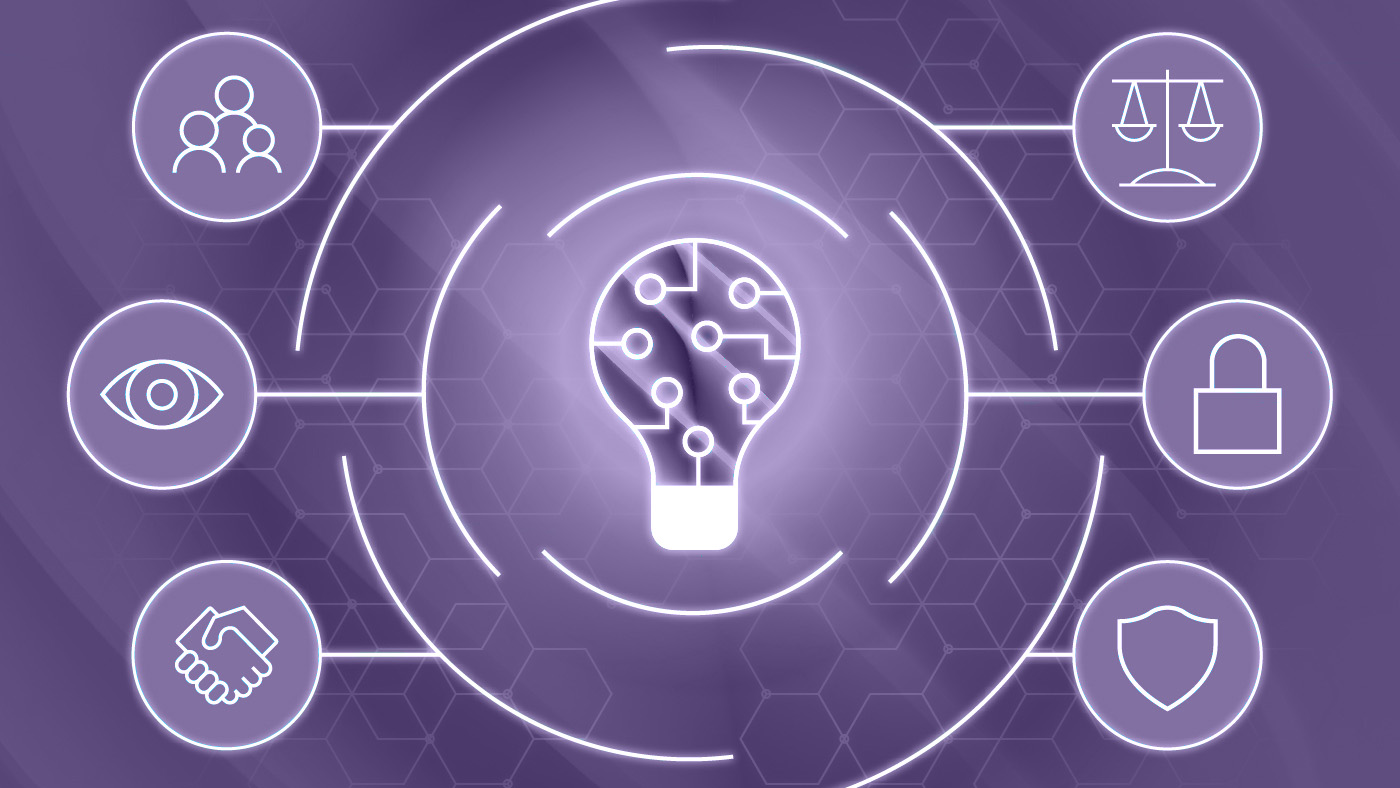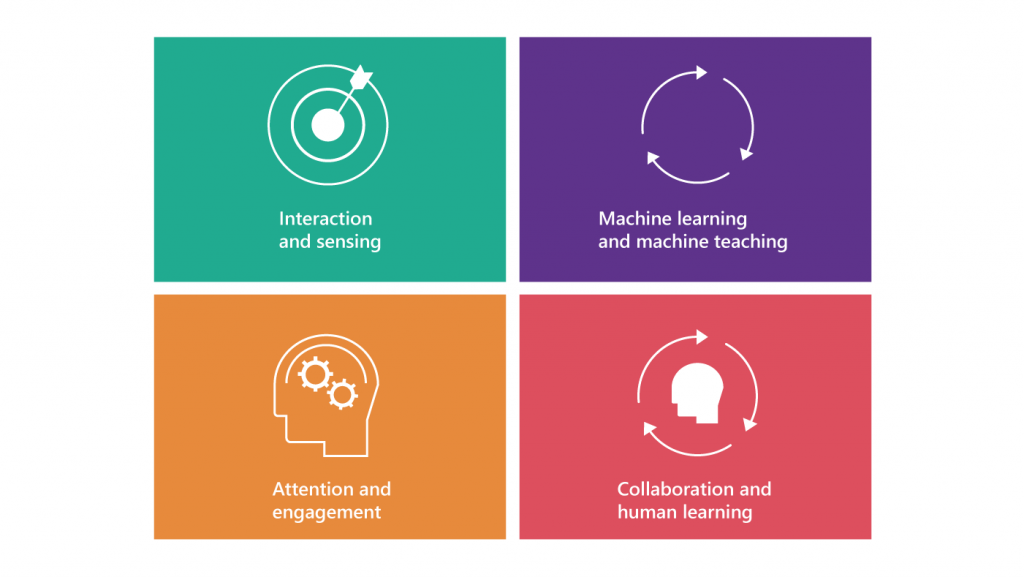 (opens in new tab)Computers are disappearing.
(opens in new tab)Computers are disappearing.
This doesn’t mean they’re actually going away, though. In fact, every day more and more of how we live, work, and interact is transformed by computers. But it does mean that technology has become so ubiquitous in recent years that our focus can now shift from our computers to what they enable us to do.
Because computing is increasingly embedded in the world around us, it’s starting to help us in new contexts and new ways. Where once we relied on a mouse and keyboard to provide input, today we have video, speech, and gesture. Information has become accessible from anywhere, at any time, across multiple devices. My phone vibrates in my pocket to let me know there’s something I should attend to. My smart speaker answers questions I have. My camera converts printed tables into content I can manage in a spreadsheet (opens in new tab).
Spotlight: Microsoft research newsletter
The amount of data being produced by these new interaction modalities is so vast that performing procedural computation over it is often no longer feasible. All of this information must instead be synthesized by drawing on human and artificial intelligence. As a result, learning is becoming a fundamental part of accomplishing things. At Microsoft, this means the tools we build must get better the more they are used—and help people get better the more they use them, too.
Understanding how people and their tools can grow together to get things done is the goal of this year’s Microsoft Research Faculty Summit: The future of work (opens in new tab) and the driving force behind the $1 million Microsoft Productivity Research (MPR) RFP (opens in new tab), unveiled at the summit today. With this RFP, we’re excited to partner with the academic community in shaping the future of productivity in four key areas: interaction and sensing; machine learning and machine teaching; attention and engagement; and collaboration and human learning.
Interaction and sensing
Traditionally, productivity tools have given people detailed control of their digital artifacts, enabling them to edit text one character at a time, specify formatting particulars, and perform individual calculations. Increasingly, however, people are starting to shift their focus from the details of their digital artifacts to what they’re trying to do as their tools become more adaptable to how and where they work. To support this shift, productivity tools must emphasize natural human-computer collaboration by capturing intent: A person describes what they want, the tool produces an output, and the person responds. We’re starting to see this more interactive approach in tools such as PowerPoint Designer (opens in new tab), which helps people determine how best to present their messages based on the content they provide. Pushing the boundaries of capabilities like this will require research into new interaction techniques and sensing approaches that extend computing beyond the desktop to meet people where they are.
Machine learning and machine teaching
While people’s interactions with productivity tools influence what they can accomplish now, they’re also starting to influence what people can accomplish later as their tools learn from each use. Every time an individual engages with a tool, that person provides feedback—often implicitly in the form of the content they produce and the way they interact with the system—that can be deployed to build better tools, which then leads to further engagement. Recent advances in machine learning have enabled these feedback loops to drive significant productivity gains, helping people write better (opens in new tab), understand and use their data better (opens in new tab), and focus their attention better (opens in new tab). But additional research is required to develop trustworthy and secure machine learning approaches that learn from large datasets in a privacy-preserving manner. We also need a better understanding of how to actively engage people in improving their tools through machine teaching.
Attention and engagement
Although feedback loops rely on engagement, engagement is not the end goal—people’s success is. Unfortunately, the drive for engagement that feedback loops create has resulted in tools that impact our attention in unintended ways. Take our phones, for example. They weren’t built to capture our attention; they were built to connect us with other people. But as our phone applications have used our data to become more and more engaging, our phones have accidentally become something we can’t put down. New research is needed to understand how our tools influence the decisions we make and how we can place people at the center of the feedback loops these tools depend on. There’s an opportunity to help direct people’s attention toward the things that matter to them by reimagining the processes that have made us all addicted to our phones.
Collaboration and human learning
Feedback loops not only influence what people choose to do in the short term, but can also influence how people grow in the long term. Because artificial intelligence can scale human intelligence, helping people cultivate the unique insights they bring to the table will be increasingly important in the future. MyAnalytics (opens in new tab), for example, can help people learn by providing them with a chance to reflect on how they use their productivity tools, and contextual just-in-time training can help them learn new skills as they need them. Organizations can also get better over time using their organizational data with Workplace Analytics (opens in new tab) and bring together the right people at the right time with tools like the Microsoft 365 freelance toolkit (opens in new tab).
We’re in the middle of a profound shift in how people get things done. As computers continue to disappear into the background in ways that allow them to increasingly impact all of our activities, computational support for productivity must help people focus on what matters while enabling them and their tools to grow. But we don’t yet fully know the implications of this shift, and deep research and careful thought are needed to get it right. Microsoft is uniquely positioned to usher in the future of productivity, and we invite the academic community to join us in empowering people to achieve more.
2019 Microsoft Research Faculty Summit (opens in new tab) sessions discussing the future of work and productivity will be available on-demand in the upcoming weeks. The Microsoft Productivity Research RFP is open to accredited or otherwise degree-granting universities with non-profit status and research organizations with non-profit status. The deadline to apply is Oct. 16, 2019. For more information, visit the RFP home page (opens in new tab).

